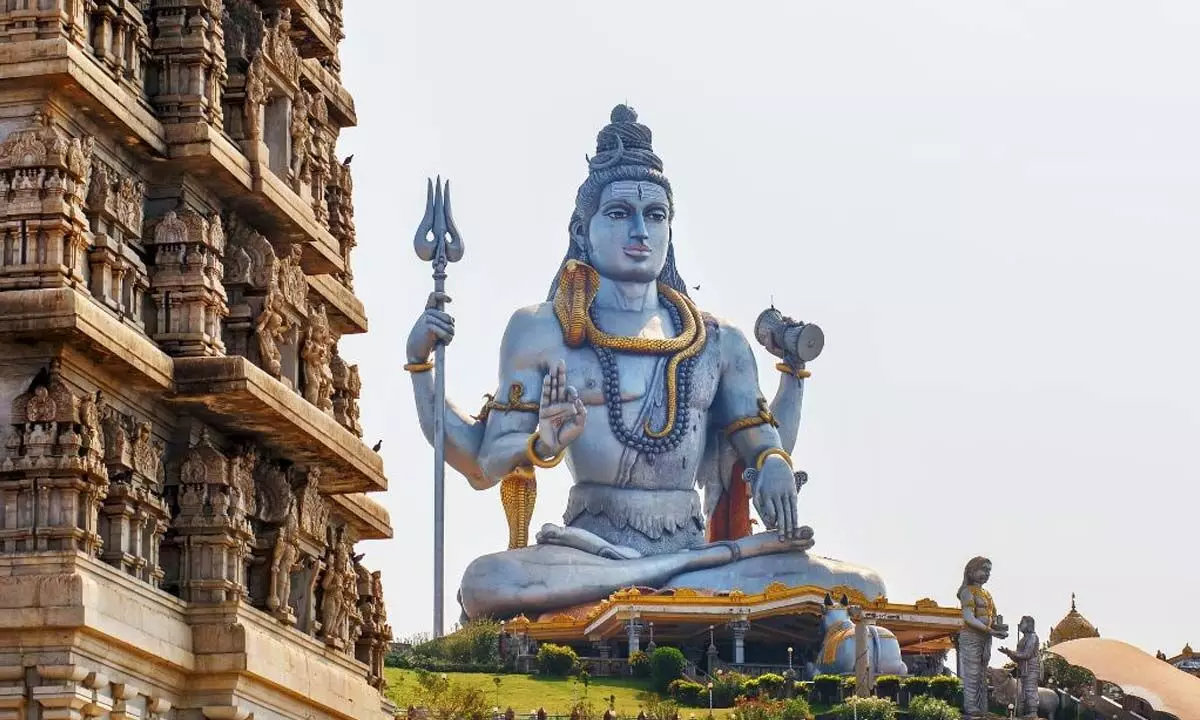Maha Shivratri 2024: Fasting Rules, Dos and Don’ts for Shiv Puja, and Dietary Recommendations

Maha Shivratri, a revered occasion among Hindus, especially for devotees of Lord Shiva, is fast approaching. Celebrated nationwide with distinct customs, this festival holds profound spiritual significance.
Maha Shivratri, a revered occasion among Hindus, especially for devotees of Lord Shiva, is fast approaching. Celebrated nationwide with distinct customs, this festival holds profound spiritual significance. Falling on the fourteenth day of the dark lunar month of Phalguna or Magha, it precedes the new moon. Fasting on Maha Shivratri is considered highly auspicious, akin to year-long worship of Lord Shiva, offering the potential for spiritual purification and absolution of sins, as mentioned in various Puranas including Skanda, Linga, and Padma.
Fasting Practices: Food to Consume and Avoid
Observing a fast on Maha Shivratri purifies both body and mind, enhancing alertness and devotion for worshipping the lord. While some fast without food and water, others opt for vrat-friendly foods such as sago, millets, pumpkin, and yogurt, avoiding wheat, rice, salt, certain vegetables, and non-vegetarian fare. Onions, garlic, and non-vegetarian foods are strictly prohibited, even for those not fasting.
Offerings to Lord Shiva
Devotees offer bel patra, dhatura fruit, raw rice, milk, curd, sandalwood, ghee, and water to Lord Shiva, seeking blessings for success, prosperity, peace, and happiness. Sweets made with milk and its products like barfi, peda, and kheer are also offered.
Dos for Maha Shivratri Fasting
1. Preparation: Consume a single meal on Trayodashi, the day before Maha Shivratri, to prepare both body and mind.
2. Morning Rituals: Wake up early, bathe, and don fresh clothes.
3. Sankalp: Resolve to observe a day-long fast with utmost dedication.
4. Linga Bath: Bathe the Shivalinga with water, milk, saffron, honey, and Ganga water before worship, accompanied by lighting diyas and incense.
5. Satvik Diet: Stick to satvik and vrat-friendly foods like fruits, milk, milk products, and root vegetables, avoiding grains and legumes.
6. Hydration: Stay hydrated and maintain a balanced diet for sustained energy.
7. Puja Rituals: Bathe again before Shivratri puja, which can be performed once or four times during the night.
8. Break Fast: Break the fast the following day after a bath, preferably before the Chaturdashi tithi ends.
Don'ts for Maha Shivratri Fasting
1. Coconut Offering: Avoid offering coconut water to the Shivling, though coconuts can be offered to Lord Shiva.
2. Consumption of Offerings: Refrain from consuming offerings made to Lord Shiva, as it's believed to bring misfortune.
3. Floral Offerings: Do not offer flowers like kevada and champa, as they are deemed cursed by Lord Shiva.
4. Tilak Choice: Avoid using a kumkum tilak during puja; opt for sandalwood paste instead.
5. Moderation in Beverages: Limit tea and coffee intake to prevent dehydration.
6. Diabetes Management: Monitor blood sugar levels if diabetic.
7. Nutrition Focus: Choose digestible, filling foods over deep-fried options.
8. Probiotic Consumption: Incorporate probiotics like curd to maintain gut health.
9. Energy Snacks: Snack on dry fruits, nuts, and seeds for sustained energy.
By adhering to these fasting guidelines and rituals, devotees can observe Maha Shivratri with utmost devotion and reverence.

